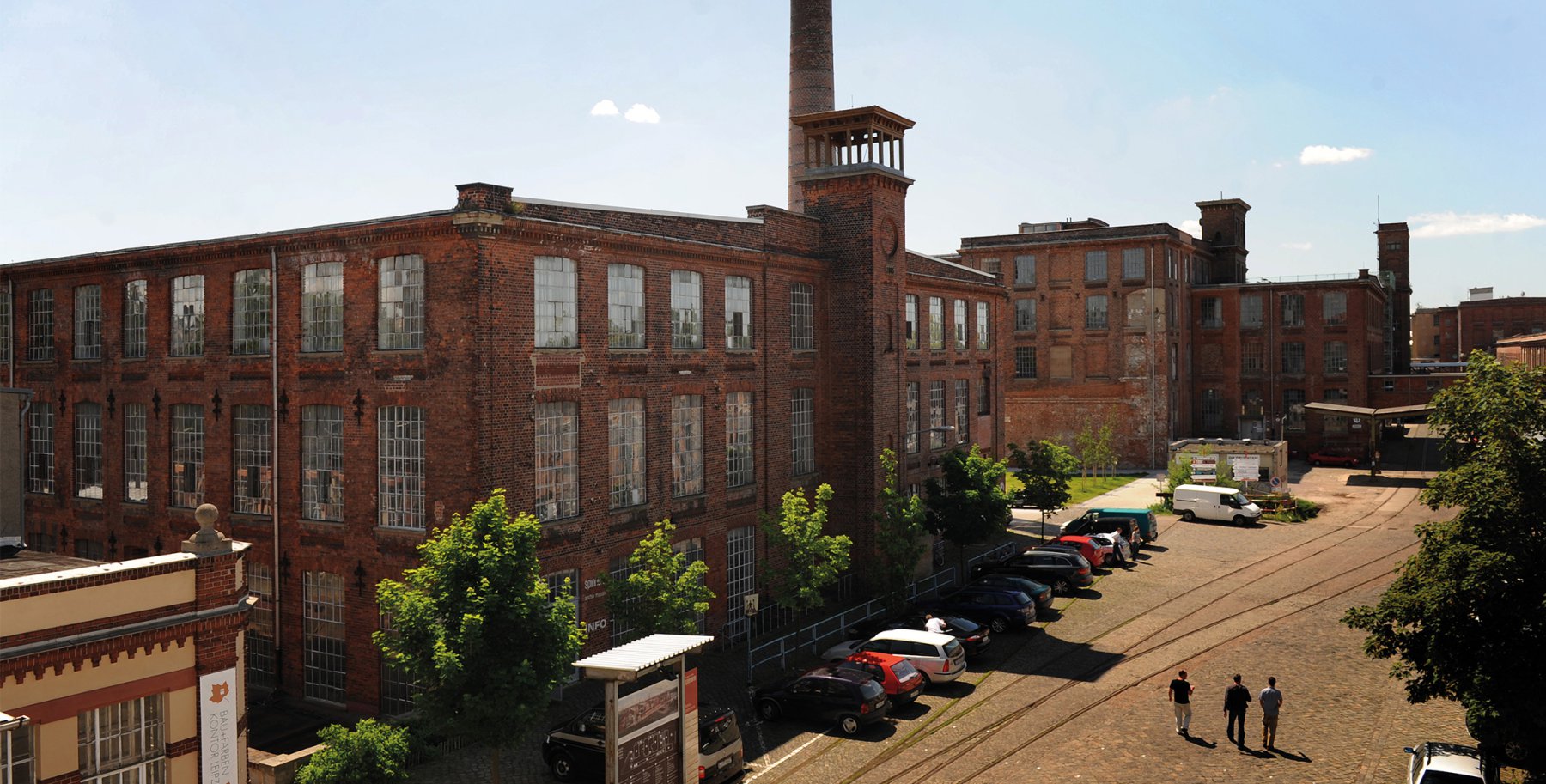Case studyIndustrial sites with their unique challenges

Optimising the energy efficiency of these existing giants
Where some rave about their charm, others start to sweat: historic industrial sites. The architectural giants, as exciting as they are for the pioneering spirit of small entrepreneurs, associations, tech companies, artists and modern manufacturing companies, were formerly built for large-scale production, at a time when energy was cheap.
We encounter the same challenges in the cases we work on: the production facilities have long since been dismantled, isolated areas have been rented out - often several times, and neither on paper nor in the maze of the pipes and networks in the basements can anyone decipher the details. Nevertheless, costs are constantly being incurred and the big questions are: where do they come from, why are they so high and how should they be billed and to whom?
The challenges in industrial areas
- Oversized
- Centrality
- Age
- Time
- Insulation
Our solutions
We always start with an inventory. Heat pipes can be touched and allocated/assigned. Where old valves can be switched from cold to hot, in the cellars from the imperial era, we set up the mobile measurement and identified the quantities flowing through with our mobile devices. We determine what quantities flow at which rate through which pipe?
Electricity is not visible. Here we check the power plants with our thermal imaging camera. Thermography is used as a basis for loss measurement and economic efficiency scenarios, which we translate into action plans.
Based on the inventory, a system and consumption register is created as the foundation for our subsequent strategic advice. With a particular emphasis on investment capital, our developments envisage a step-by-step prioritised optimisation plan.
Our approach to solutions is based on using what is already available and harmonising it with elements of the energy transition. We form sub-units and convert the energy supply using existing system components. In addition to the efficiency of the supply, these district concepts enable transparent and secure calculation and billing
Specifics
Oversized:
In industrial areas everything is somehow planned too big and has to be scaled down for today's energy costs.
Centrality:
Lines that are too large lead centrally into the system and are only distributed there. Connections are not documented. The losses are too high.
Age:
There is no overview of the conditions of the existing lines, lines are mostly outdated.
Time:
As an owner, you lose money every day and would have to replace everything immediately, which is usually not possible organisationally and financially.
Insulation:
Even if it is conveyed as the biggest problem in public perception, losses due to bad insulation are the most insignificant problems, we set priorities in the right places.